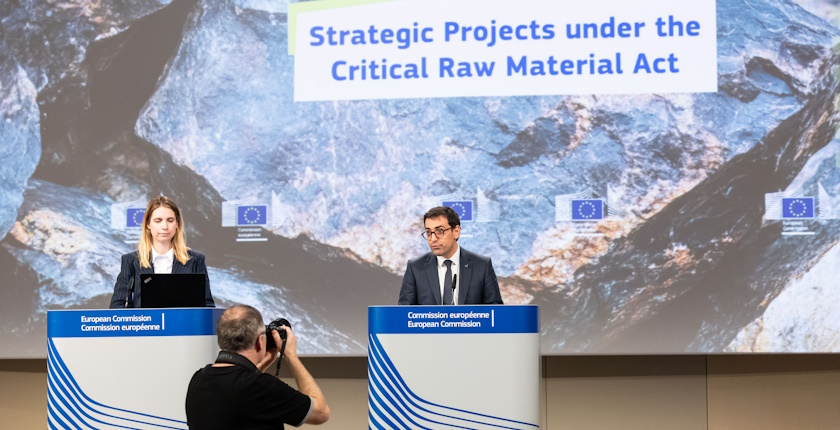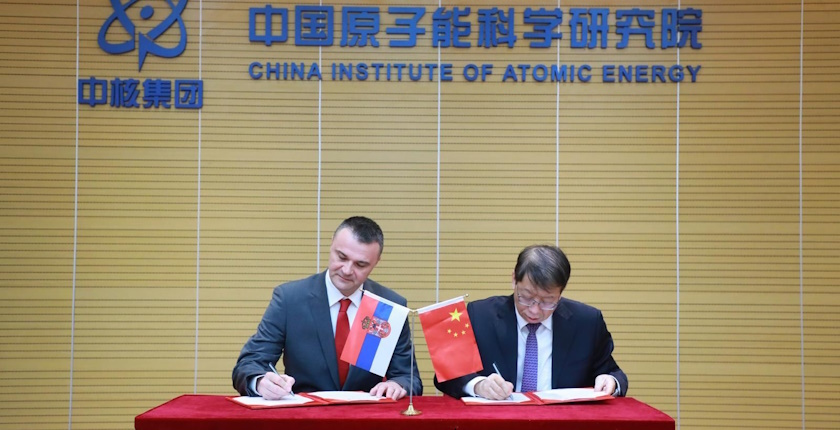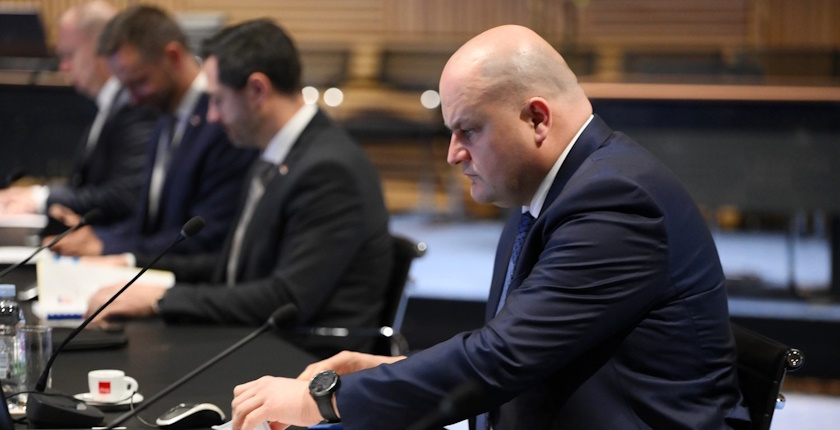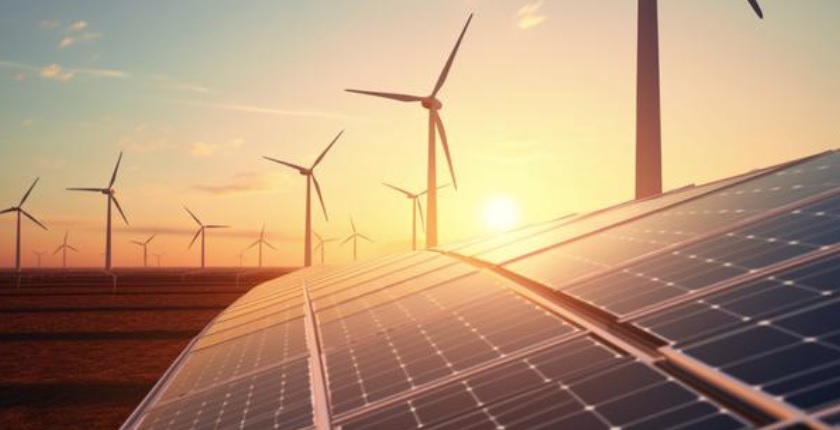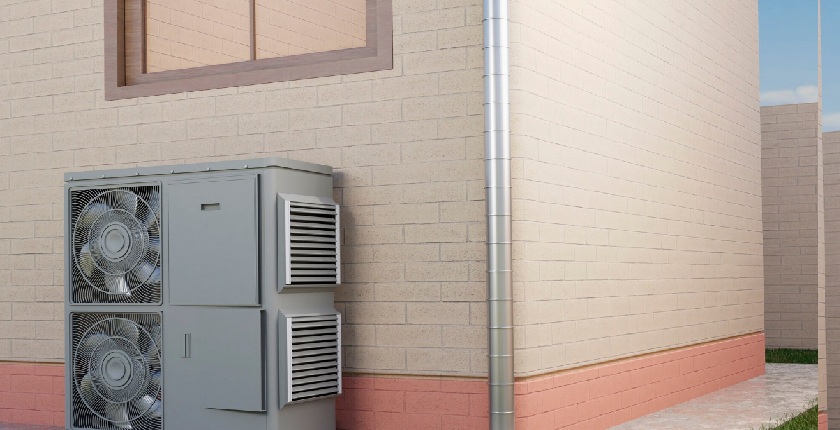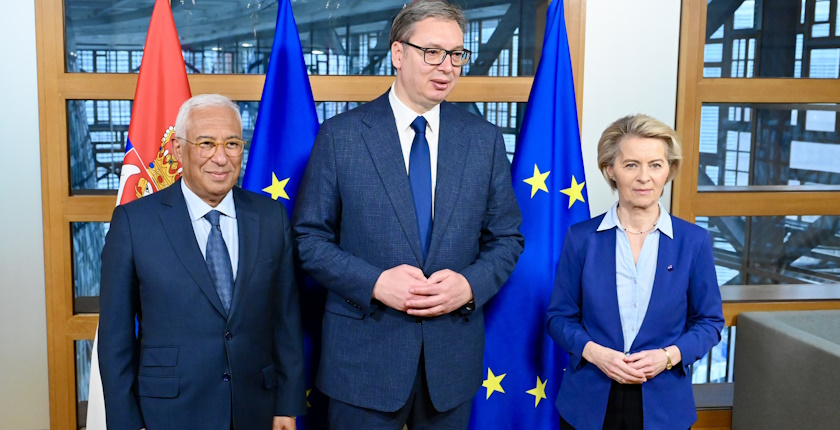
Serbia’s Vučić claims EU to designate lithium project Jadar as strategic – activists vow to appeal
President of Serbia Aleksandar Vučić said in Brussels that the European Commission would award “in seven or eight days” a strategic status to Rio Tinto’s Jadar project in Serbia for mining and processing a lithium ore. Marš sa Drine, together with a number of other environmentalist groups in Europe, stressed they would contest such a designation as well as several projects that were just approved in the European Union. They include proposals for lithium mines in Portugal and Spain and the Rovina copper and gold mine in Romania.
The European Commission has approved the first 47 strategic projects in EU territory yesterday, for the production of critically important raw materials. Most are used for manufacturing batteries. According to the announcement, “the decision on the potential selection” of proposals for facilities in third countries “will be adopted at a later stage.” The EU’s Critical Raw Materials Act (CRMA) stipulates that such strategic projects are eligible for administrative and financial support.
Serbian President Aleksandar Vučić is convinced that “in seven or eight days” the EU would declare that the Jadar lithium project in his country’s west is strategic. He made the claim the same evening in Brussels, where he met with the bloc’s top officials. The proposal is for Rio Tinto’s underground mine and processing unit near the city of Loznica, including mining waste dumps.
The controversies around project Jadar, centered around a unique mineral called jadarite, have sparked several waves of massive protests since 2021. Balkan Green Energy News has a chronological overview of the most important events since 2001, when Rio Tinto established a subsidiary in Serbia.
Novaković: We are no playground for mining mafia
Together with nongovernmental organizations and community associations from Romania, Germany, Spain and Portugal, the Marš sa Drine group from Serbia reacted to the European Commission’s decision, and later also to Vučić’s statement. They said they would legally challenge the strategic status designation for disputed mining projects. Locals and environmentalists alike have long contested them, the note reads.
They highlighted Jadar, lithium mines Mina do Barroso and Mina do Romano in Portugal and Mina Doade and Mina Las Navas in Spain as well as the plan for the Rovina copper and gold mine in Romania.
Environmentalist groups have hired lawyers to legally dispute the designation of several mining projects as strategic
“We are not a playground for the mining mafia. Our lawyers in Europe are completing legal complaints for annulling this decision. Rio Tinto has shown disregard for the rule of law in Serbia,” said Bojana Novaković from Marš sa Drine. She accused the EU of supporting environmental destruction and corruption because of lithium. Marš sa Drine is part of the Association of Environmental Organizations of Serbia (SEOS).
Extraction of cheap raw materials for the automotive industry in Germany and elsewhere jeopardizes the way of life of people in the area of Covas do Barroso in north Portugal, local activist Nelson Gomes said.
“We, who live from sustainable livestock farming and depend on clean rivers and green pastures, would only experience disadvantages. The proposal is far from a just transition – mining in Portugal does not abide by the rules and the authorities do nothing,” he underscored.
The Rovina gold-copper open cast mine will destroy pristine nature and displace communities and the European Commission’s designation legitimizes a project deemed illegal by courts in Romania, activist Roxana Pencea Brădățan pointed out.
Lithium mining on both sides of German-Czech border
The environmentalists also listed the Zinnvald lithium mining project in Germany, even though it hasn’t (yet) been labeled strategic. Notably, the location is in the same area as the Cínovec strategic litium mining project, right across the border in the Czech Republic.
“The cumulative impact of these two large mines on protected sites and on adjacent villages and towns is not being considered. From our region’s past, we know that the larger the mines, the greater the harm. We will not allow this again,“ said Anja Weber, a local from Bärenstein, near the Zinnvald site.
Amid tightening geopolitical pressure, the EU strives to unlock partnerships with third countries for minerals and to bolster the domestic mining of metals for the energy transition, according to the document, signed by Marš sa Drine, Bürgerinitiative Bärenstein, MiningWatch Romania, MiningWatch Portugal and Iberian Mining Observatory.
CRMA enables overriding public interest, they added. Activists and affected communities have been warning since the act’s drafting of its incompatibility with, for instance, the EU’s Habitats Directive, the Water Framework Directive and the Birds Directive.

